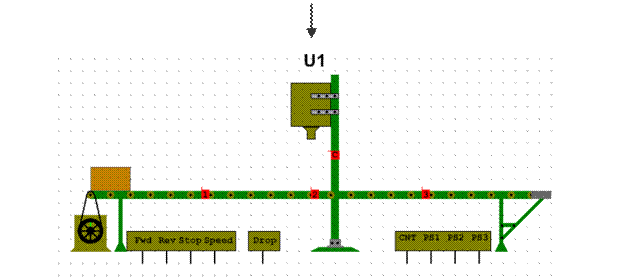Scotland
Scotland is the northern part of Great Britain. Edinburgh is the capital of Scotland. There are two largest cities here: Glasgow and Aberdeen. Glasgow is the industrial capital of Scotland. It is the third largest city in Great Britain. The typical products of Scotland are timber, whisky and salmon. Scotland has three main land regions. They are the Highlands, the Central Lowlands and the Southern Uplands. Scotland is full of mountains and lakes. The highest mountain is Ben Nevis. There are a lot of rivers there. The river Clyde is Scotland's most important river. Ships from the Atlantic Ocean can sail up the Clyde to Glasgow. The Clyde was narrow and shallow until the 1700's when engineers widened and deepened the river to make it navigable. Scotland's longest rivers flow eastward into the North Sea. Many of Scotland's rivers flow into wide bays called firths. Scotland has hundreds of islands. A large group of islands called the Hebrides lie off the western coast of Scotland's mainland. Population of Scotland is about 5 million people. The highest density of population is in the Central Lowlands, where nearly three-quarters of the Scots live, and the lowest is in the Highlands. There are two languages spoken. English is generally spoken and fewer than 100,000 Scots, who are mainly inhabitants of the Highlands and island groups, also speak the Scottish form of Gaelic. Scotland is an integral part of Great Britain. It is represented by 72 members in the House of Commons and by 16 Scottish peers in the House of Lords. Scottish affairs are administered by a British cabinet ministry, headed by the secretary of state for Scotland.
IV. Words to be learnt: to sail up – подниматься, плыть вверх по реке to flow into – впадать eastward – на восток, к востоку, в восточном направлении bay – бухта, залив the Hebrides – острова Гебриды density – плотность inhabitant – житель the House of Commons – Палата общин peer – пэр, лорд the House of lords – Палата Лордов
Exercises to the text:
I. Find the Russian equivalents in the right-hand column for the following:
II. Fill in prepositions if necessary. Translate into Russian: 1. The Clyde was narrow and shallow … the 1700's when engineers widened and deepened the river … to make it navigable. 2. Scotland's longest rivers flow eastward … the North Sea. 3. Population of Scotland is … 5 million people. 4. Scottish affairs are administered … a British cabinet ministry, headed … the secretary … state … Scotland. 5. Five million people live … Scotland.
III. Make up sentences:
IV. Answer the following questions: 1. Scotland is the northern part of Britain, isn’t it? 2. How many main land regions does Scotland have? 3. What is Scotland’s most important river? 4. How many Scots speak the Scottish form of Gaelic? 5. Is Scotland an integral part of Great Britain or an independent state? 6. How many representatives does Scotland have in the House of Commons and in the House of lords? V. Translate the following sentences from Russian into English: 1. Шотландия является очень маленькой страной. 2. Многие реки Шотландии текут и впадают в широкие заливы, называемые фьордами. 3. Река Клайд считается самой важной рекой Шотландии. 4. Шотландия имеет сотни островов. 5. Население Шотландии составляет приблизительно 5 миллионов человек. 6. Самая высокая плотность населения сосредоточена в центральных низменностях. 7. Самый густонаселенный город Шотландии называется – Глазго. 8. Делами Шотландии заведует британский кабинет министров. 9. Эдинбург – столица Шотландии. 10. Здесь есть два больших города – Глазго и Абердин.
|




